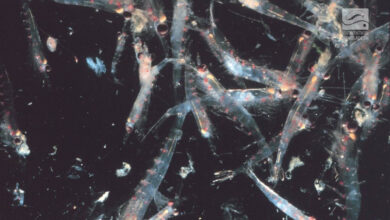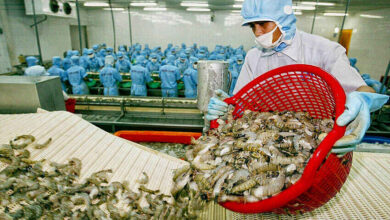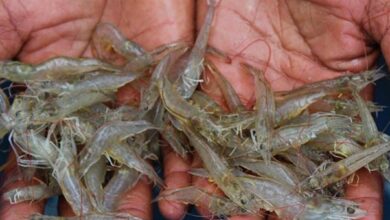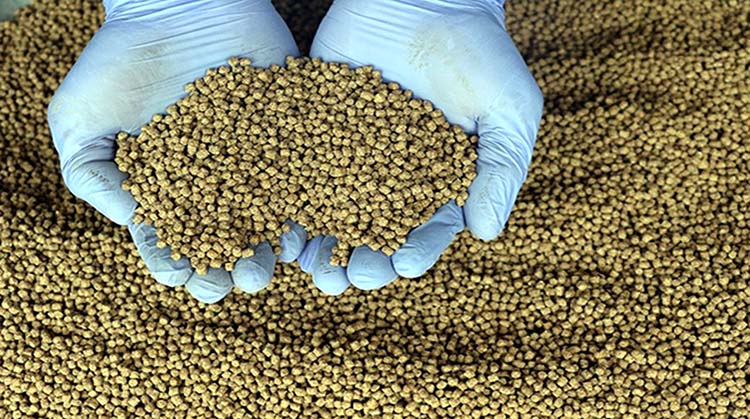
The price of fish feed in Vietnam has risen in recent days, putting farmers at risk of financial loss. Thousands of fish-farming households in Vietnam are therefore, concerned about rising feed costs because the export of pangasius fish is anticipated to expand rapidly in this year. They are concerned that the price increase will have a negative effect on exports and their earnings.
Mr. Nguyen Thanh Binh, Director of Chau Thanh Seafood Production and Service Cooperative in Dong Thap Province’s Chau Thanh District, stated that in 2021-2022, the price of pangasius vacillated between VND 21,000 (0.90 USD) and VND22,200 (0.94 USD) per kilogram, compared to the current price of approximately VND 28,000 (1.20 USD) per kilogram.
Even though the selling price of fish is higher than in the past, farmers cannot make a profit at this price. Because the price of fish food has multiplied, driving up the cost of raising fish. In addition, it takes 14 to 15 months for a pangasius fish to reach a weight of 1.2 to 1.4 kilograms, thus extending the rearing period.
Mr. Nguyen Thanh Binh stated that five-month-old pangasius fish consume approximately 1.5 kilograms of food per day, while the price per kilogram increases by more than VND 1,000. As a result, the fish have been starving for three days while producers await for a decrease in fish feed price.
As the price of feed increased, so did the price of fish. The price of pangas fish, one of the relatively more affordable primary sources of protein for low-income individuals, has increased substantially, influencing the daily protein requirements.
“Eggs, pangas fish, and lentils serve as a source of protein for the poor peoples. Currently, the prices for all of these items are exorbitant. What then should we eat?” said Dung hanh, a buyer of pangas fish.
In areas with extensive shrimp farming, such as Ca Mau, Bac Lieu, Soc Trang, and Kien Giang, producers are significantly more concerned as shrimp prices tend to decline but aqua feed costs are consistently on the rise. A shrimp exporter from Soc Trang stated that high feed costs are one of the reasons why Vietnam’s shrimp aquaculture costs are the highest in the world.
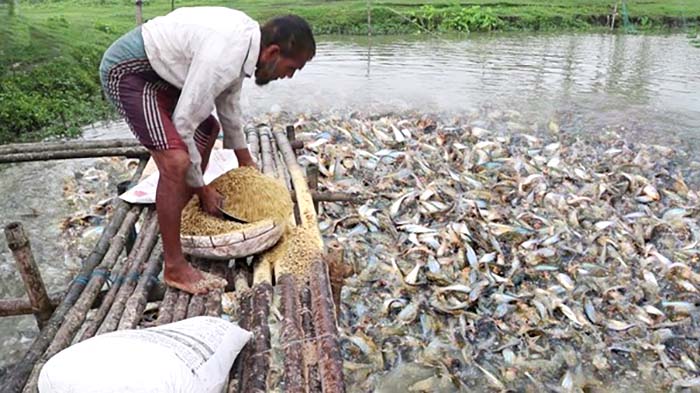
According to shrimp farmers, the price of shrimp fluctuates erratically, whereas the price of fertilizer, which accounts for approximately 70 percent of the cost of shrimp cultivation, has only increased.
Mr. Tran Van Viet, director of the Thanh Cong Industrial Shrimp Farming Cooperative in Ca Mau Province’s Dam Doi District, disclosed that of the ten shrimp farmers present, nine buy food on credit and then pay it back if they harvest fish. “So the situation has become more critical these days,” he worries.
Comparing Bangladesh to Vietnam, the situation is nearly identical. Thousands of aquaculturists in Bangladesh, who had just begun to recover from the coronavirus and inflation, have been dealt a new setback by the rising price of fish feed.
Recent feed price increases in Bangladesh have been caused by several factors. The rising cost of fish feed ingredients, such as soybean meal and fish meal, is one of the most significant factors. These ingredients are frequently imported hence, international price fluctuations can affect the cost of fish feed in Bangladesh.
In addition, the increasing cost of transporting fish feed is a result of the country’s rising fuel prices. This has increased the price of fish feed, making it even more challenging for fish producers to generate a profit.
According to Dr. Shamsul Alam, State Minister for Planning, the prices of poultry and fish feed have increased and will take time to stabilize.
“Food price inflation reached 8.13 percent in February, up from 7.76 percent in January. In addition, non-food inflation decreased from 9.84 percent in January to 9.82 percent in February. Inflation has increased marginally due to rising production costs” he added.
However, efforts are being made to improve the efficiency of fish farming practices in Bangladesh.
These include, the use of improved fish breeds that require less food and encouraging farmers to implement sustainable farming practices that can reduce the overall cost of fish farming.
Jaber Bin Abdul Bari
Department of Oceanography, NSTU


